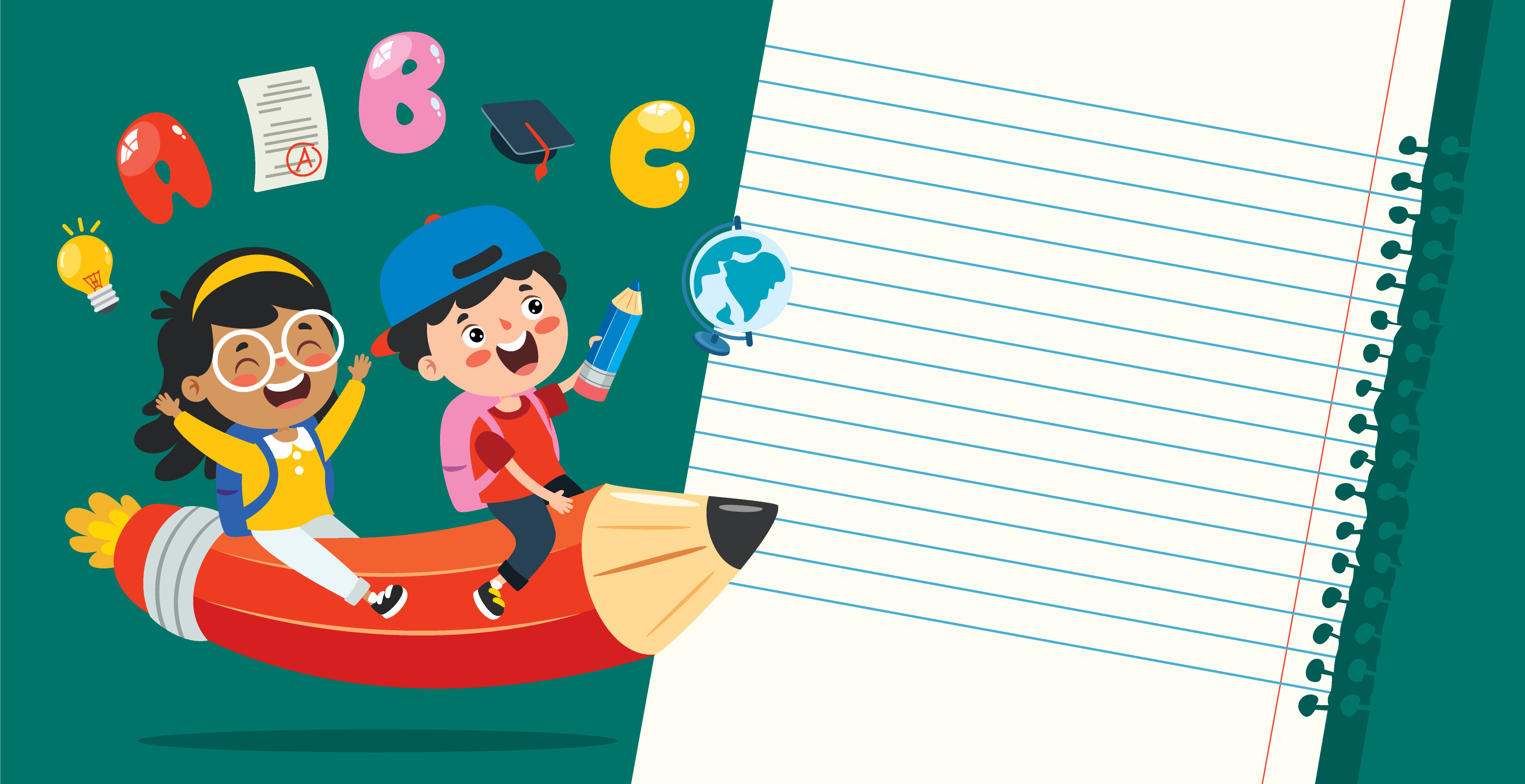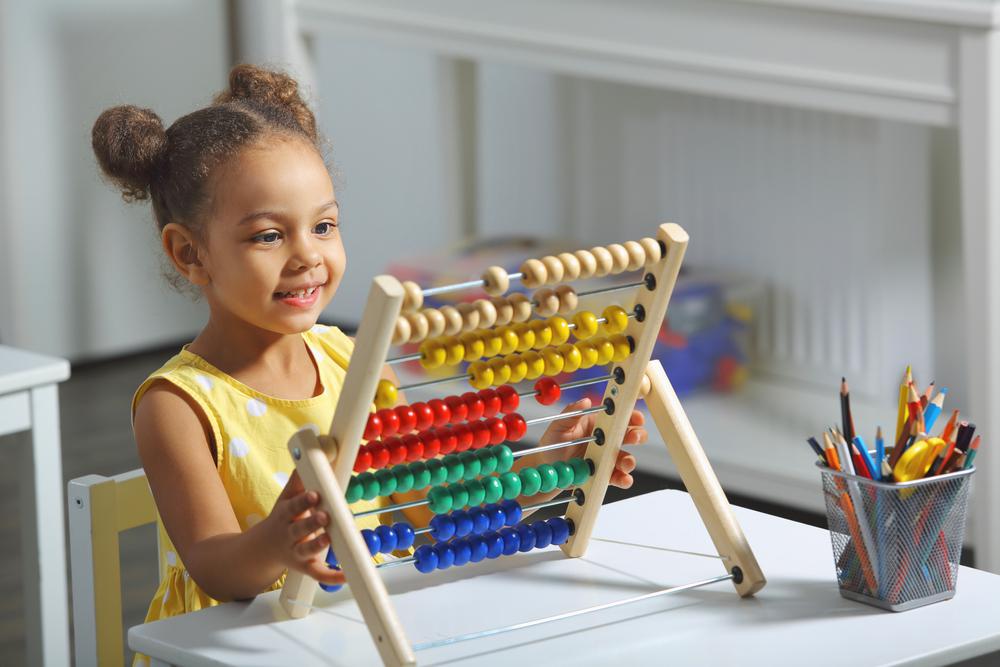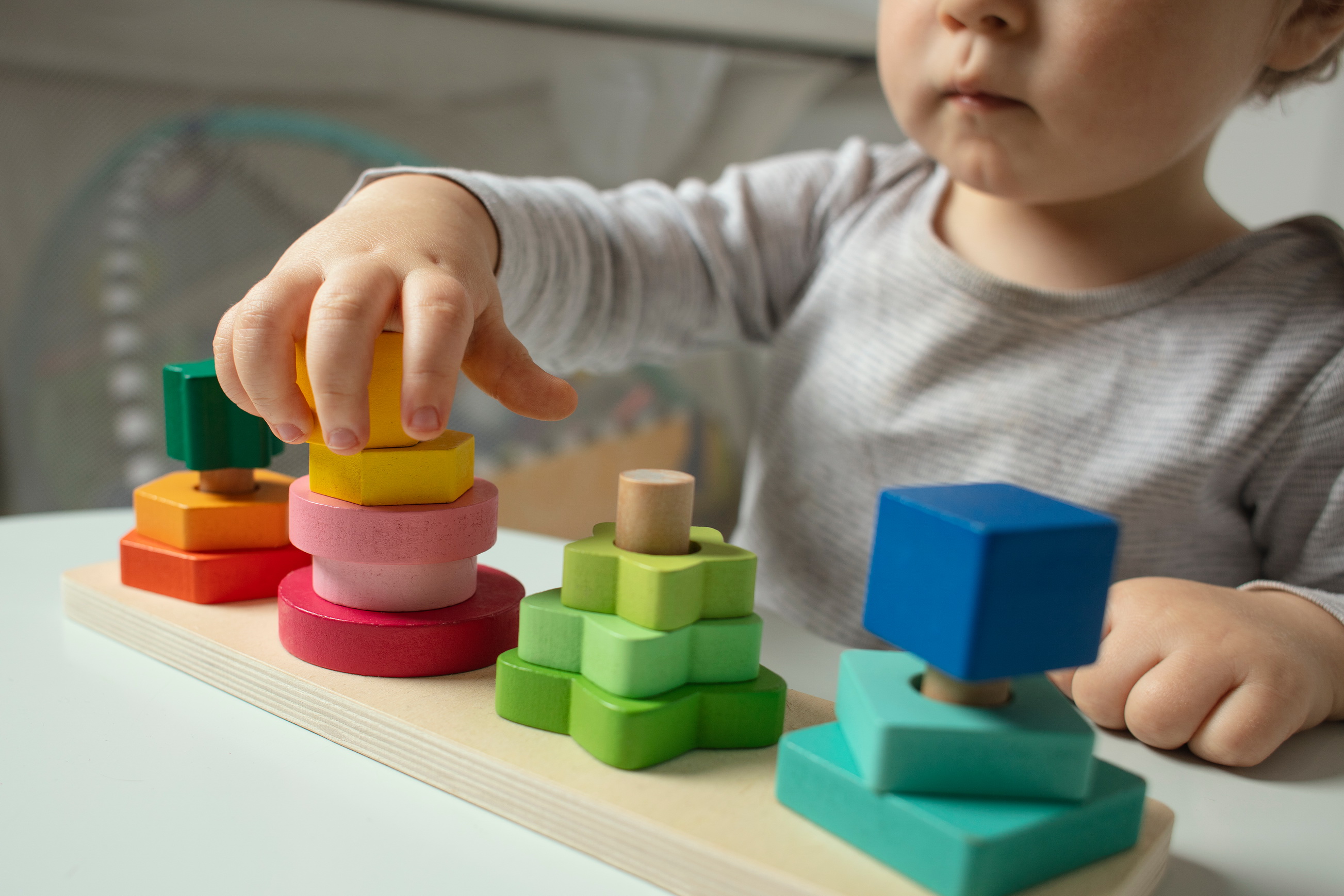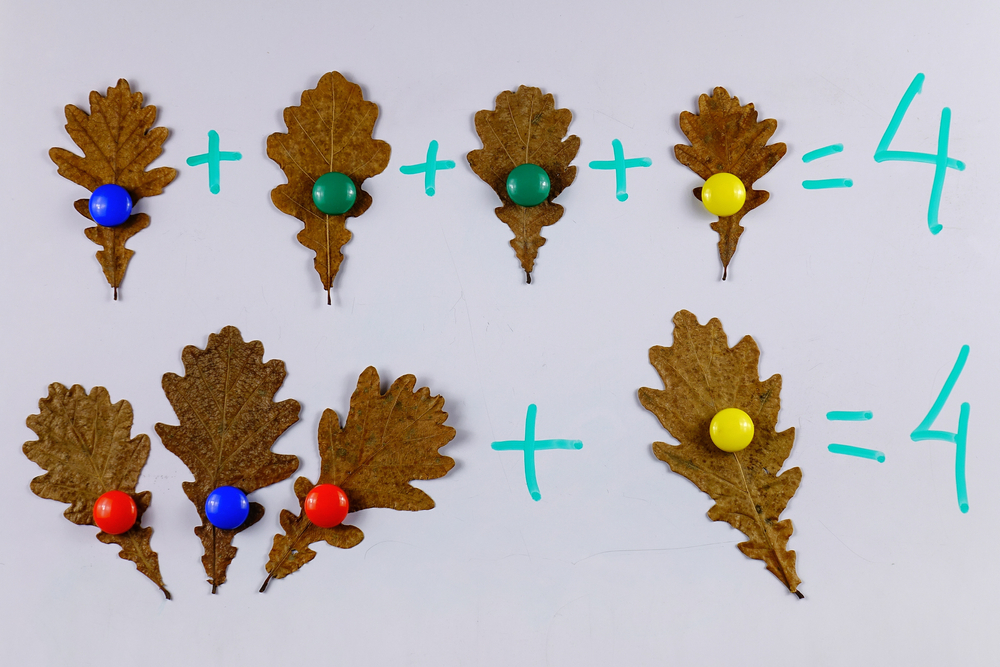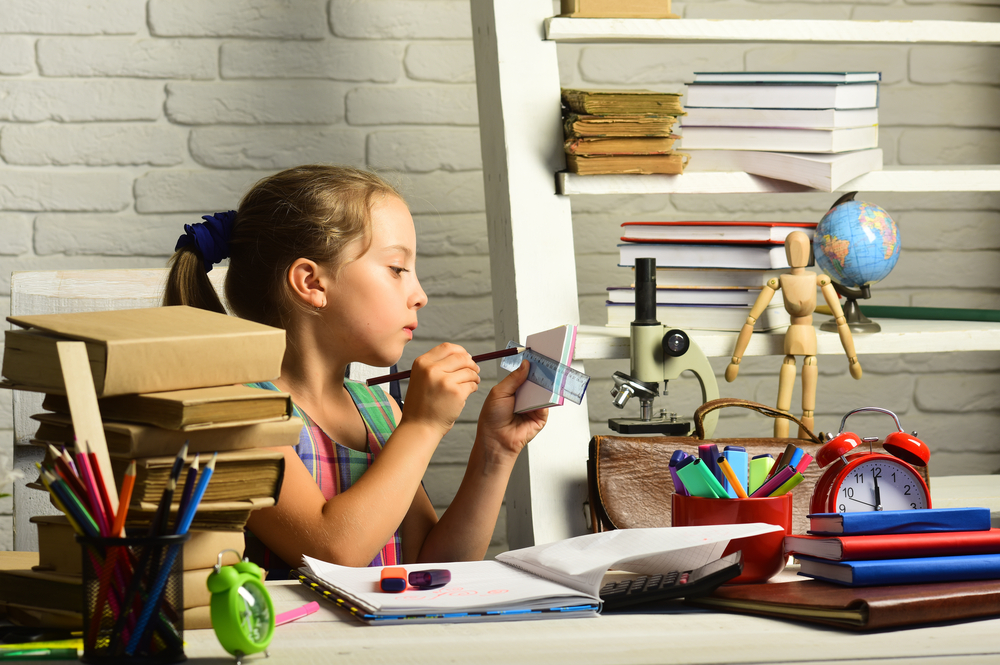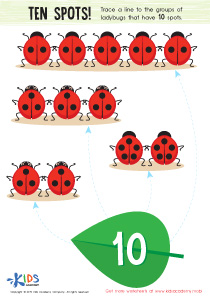Spatial awareness Kindergarten Math Worksheets
7 filtered results
-
From - To
Enhance your child's spatial awareness with our engaging Kindergarten Math Worksheets! Designed for young learners, these resources encourage the development of essential skills through fun and interactive activities. With colorful illustrations and varied challenges, children will explore concepts such as shapes, positions, and directions while improving their problem-solving abilities. Our worksheets promote critical thinking and help boost confidence in math as students learn to visualize and manipulate objects in space. Perfect for at-home practice or classroom use, these worksheets provide a fantastic way to build foundational math skills in an enjoyable and stimulating environment. Foster a love for learning today!


Trace The Circles Worksheet
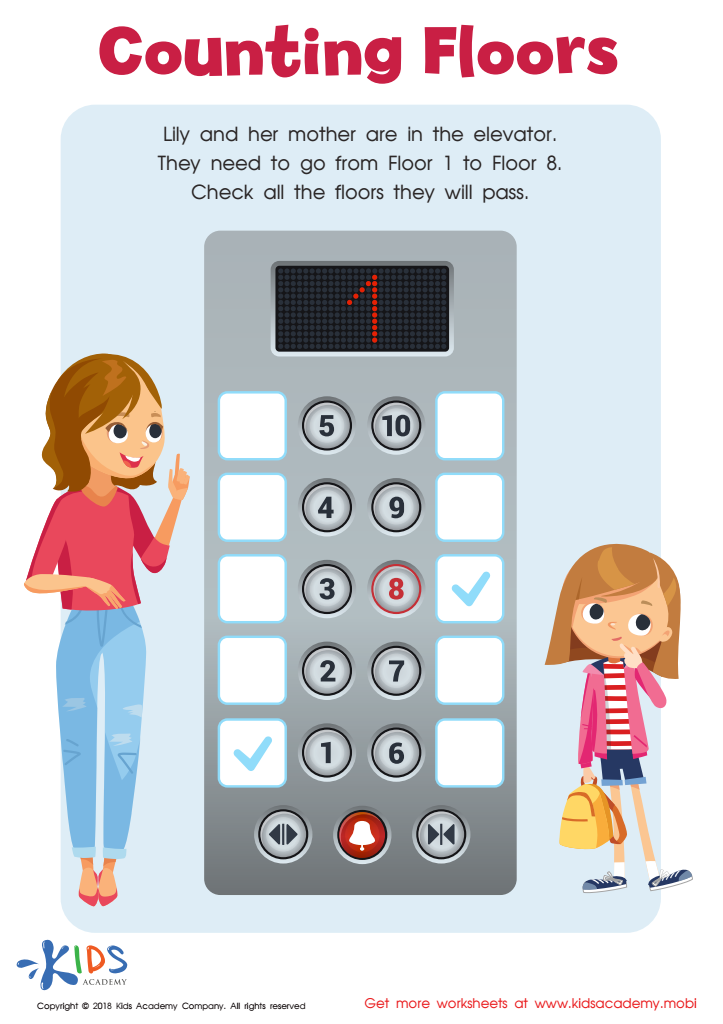

Counting Floors Worksheet
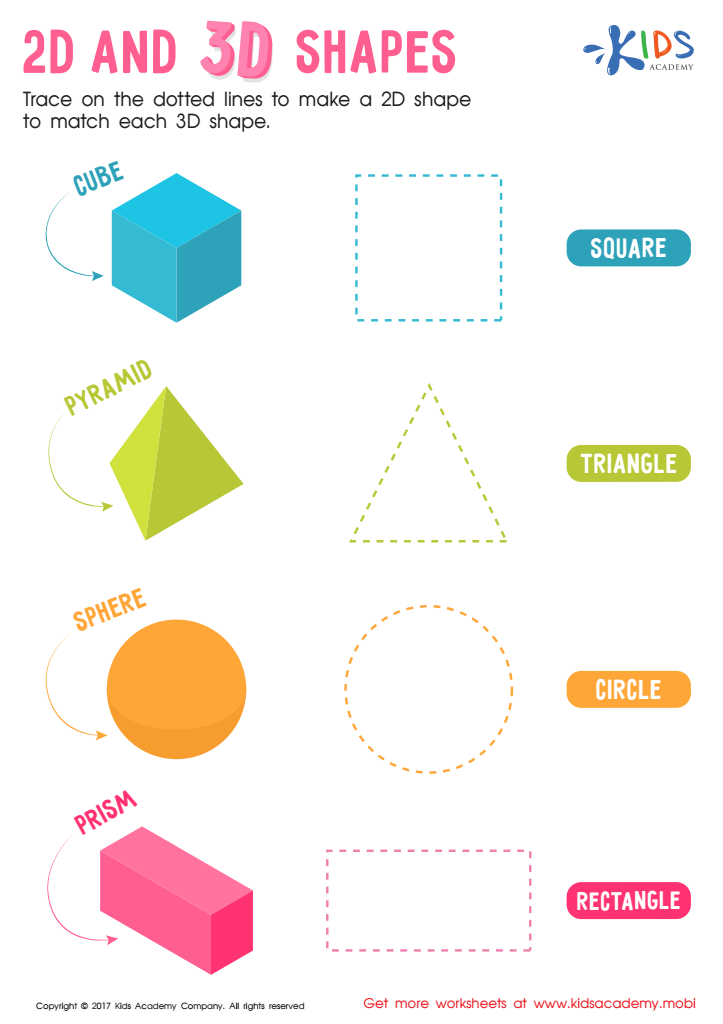

2D and 3D Shapes Worksheet
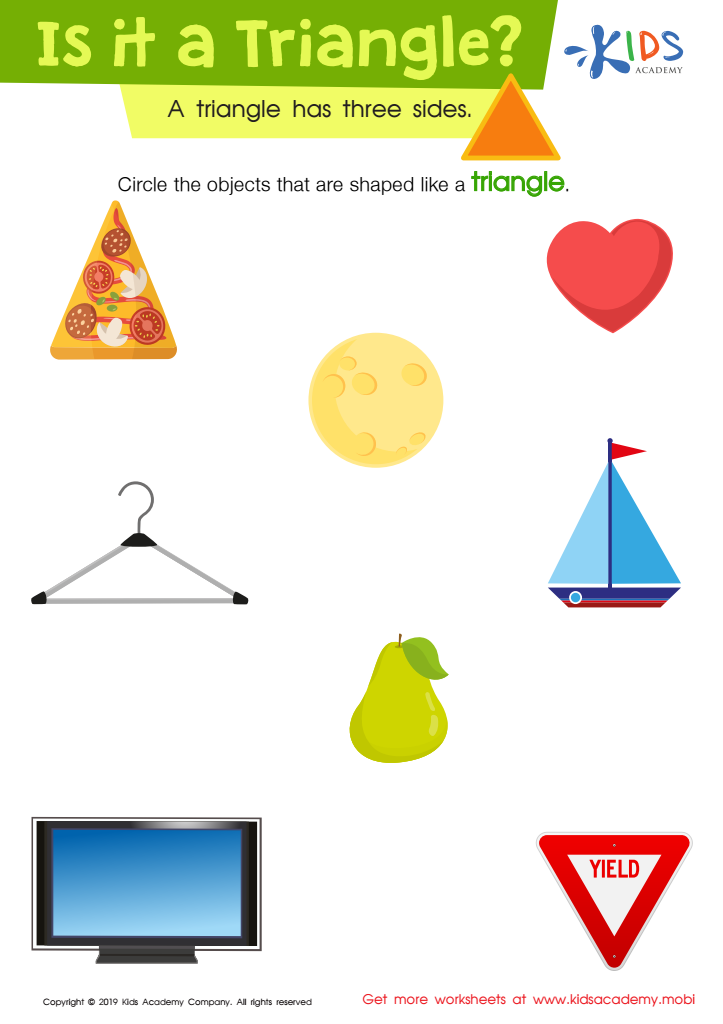

Is It a Triangle? Worksheet
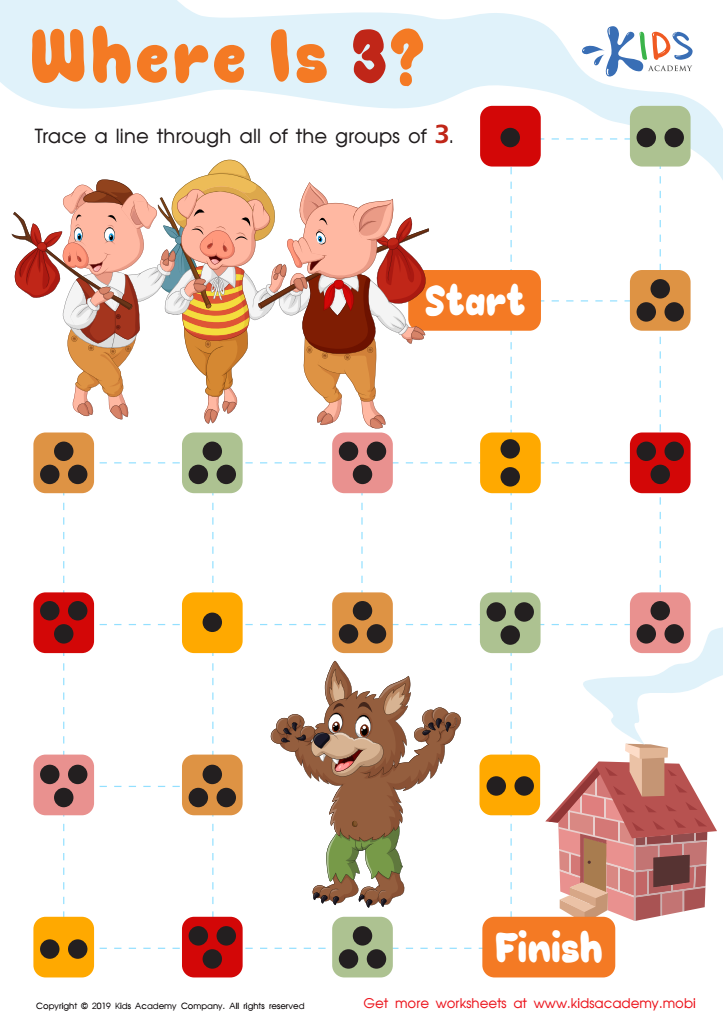

Where Is 3? Worksheet
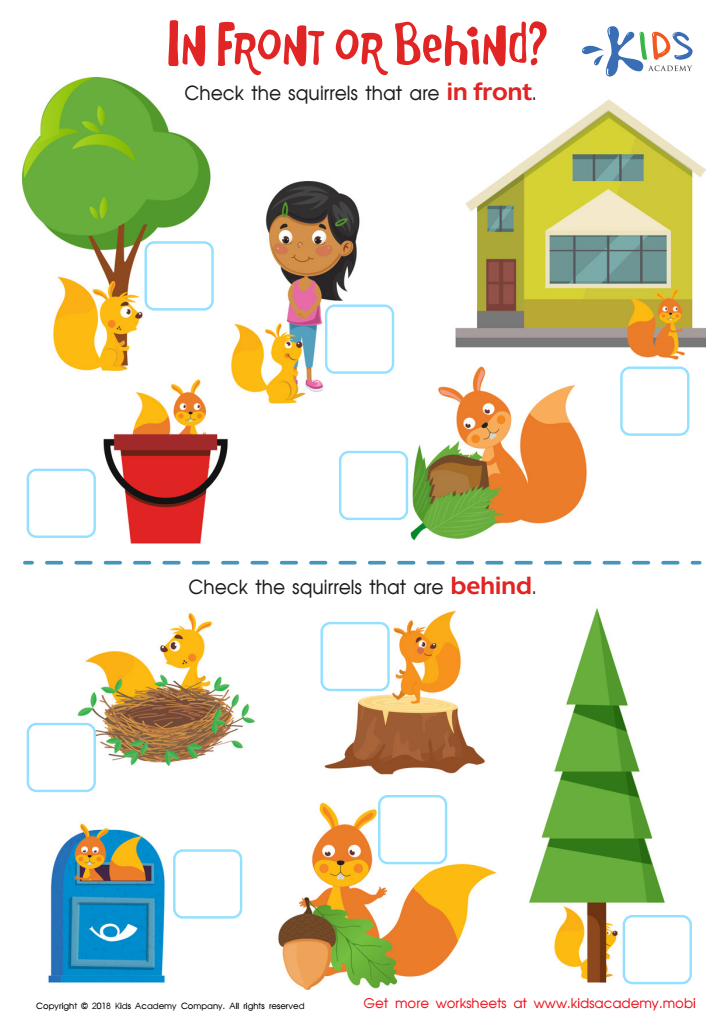

In Front or Behind: Part 2 Worksheet
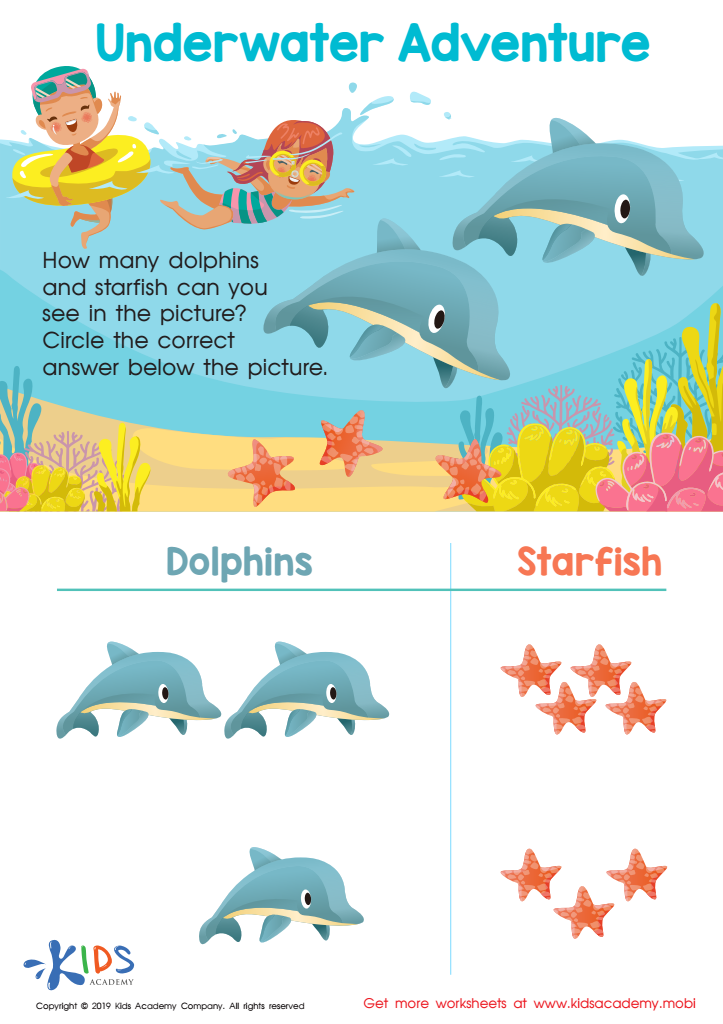

Underwater Adventure Worksheet
Spatial awareness is a critical foundational skill that influences a child's mathematical understanding and overall cognitive development. In kindergarten, children begin to perceive and understand the relationships between objects in space, which is essential for grasping more complex mathematical concepts in later grades. For parents and teachers, fostering spatial awareness is vital because it enhances problem-solving abilities and supports logical thinking.
Engaging activities—such as building with blocks, drawing shapes, or participating in movement games—help children develop a sense of geometry and spatial reasoning. These skills are not only integral to math but also to subjects like science and engineering, which rely on spatial thinking.
Moreover, spatial awareness contributes to daily life skills. Children who understand how objects fit together or how to navigate their environment tend to have better coordination and confidence in their abilities, both academically and in everyday interactions.
By investing time and resources into developing these skills in young children, parents and teachers equip them with the necessary tools to succeed in school and beyond. Ultimately, early emphasis on spatial awareness lays a strong foundation for future learning, development, and lifelong skills.
 Assign to My Students
Assign to My Students



